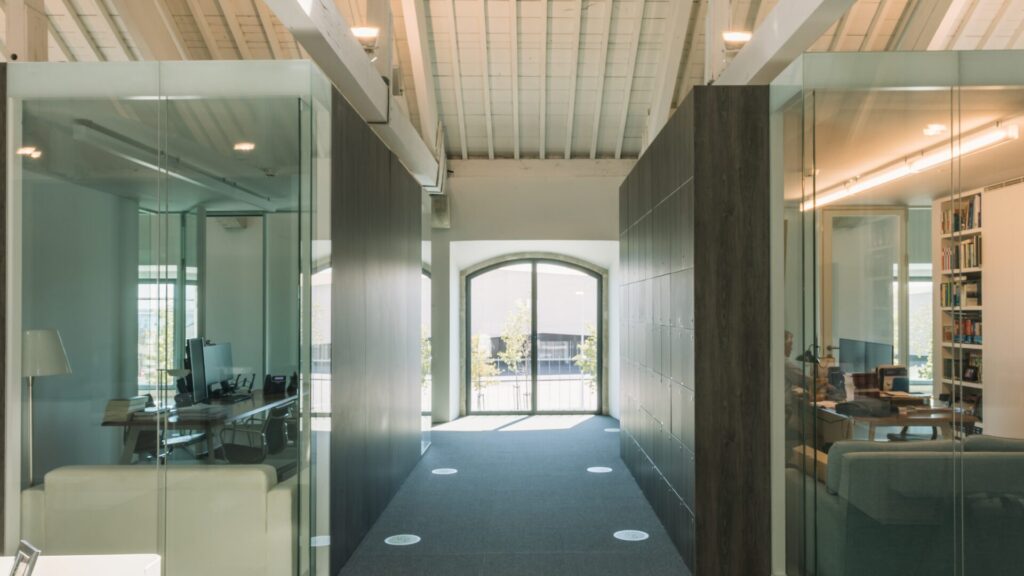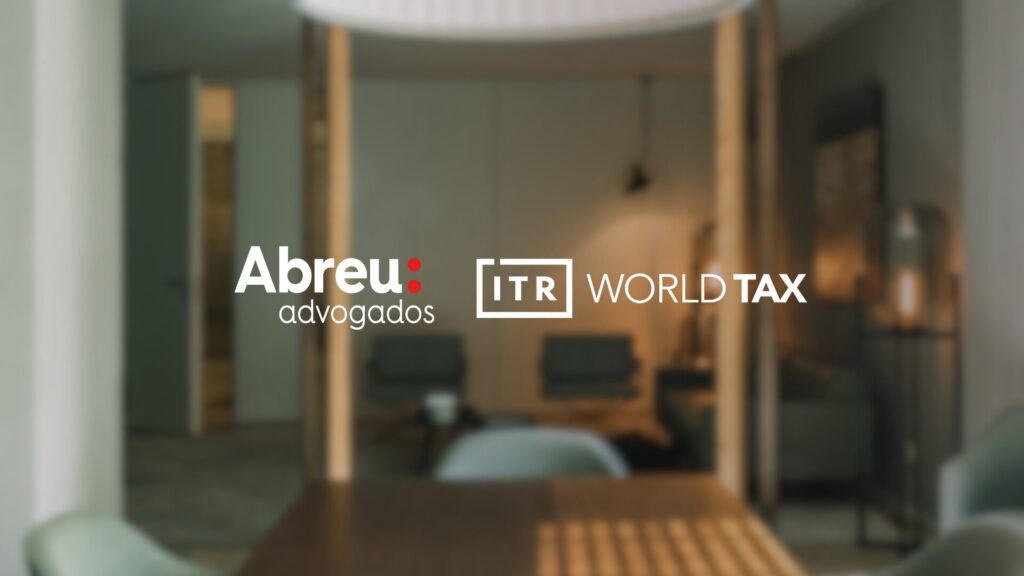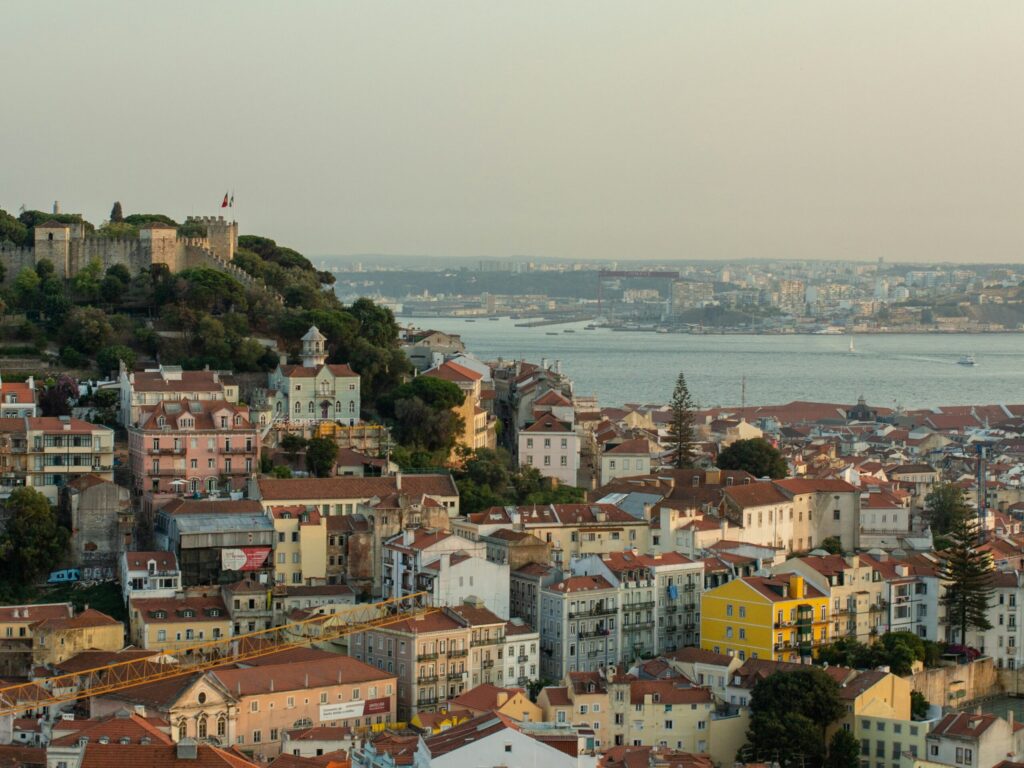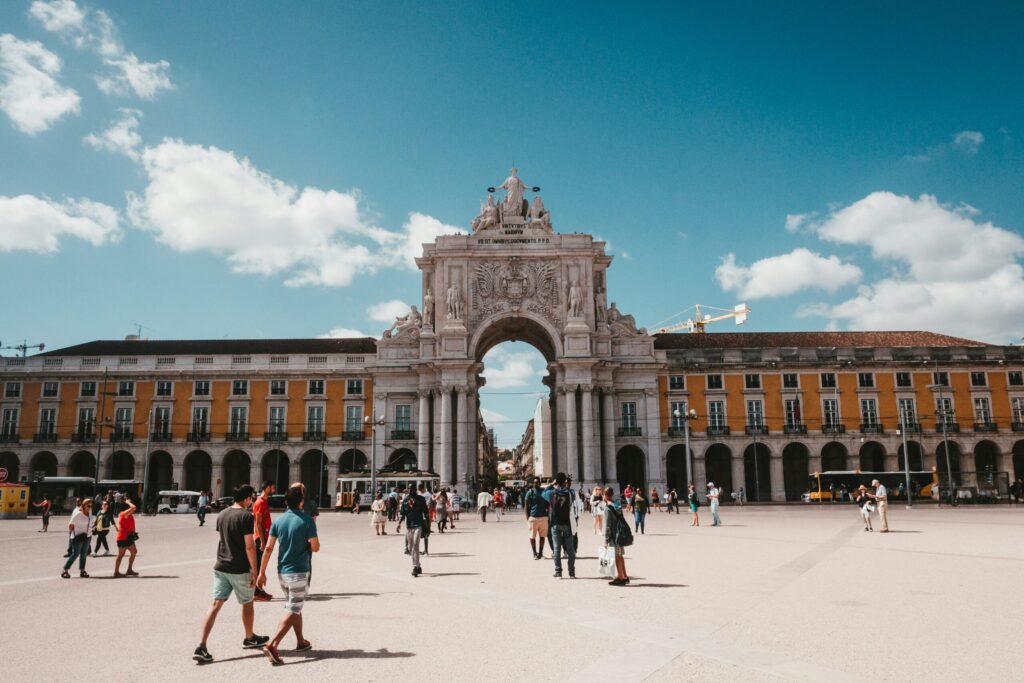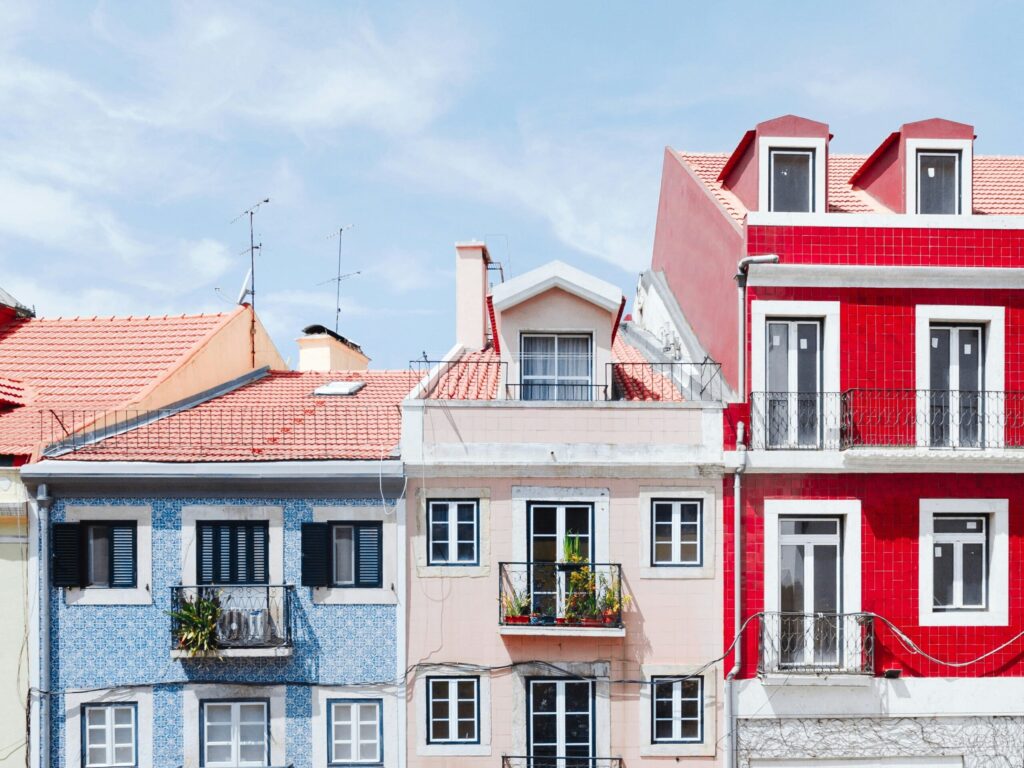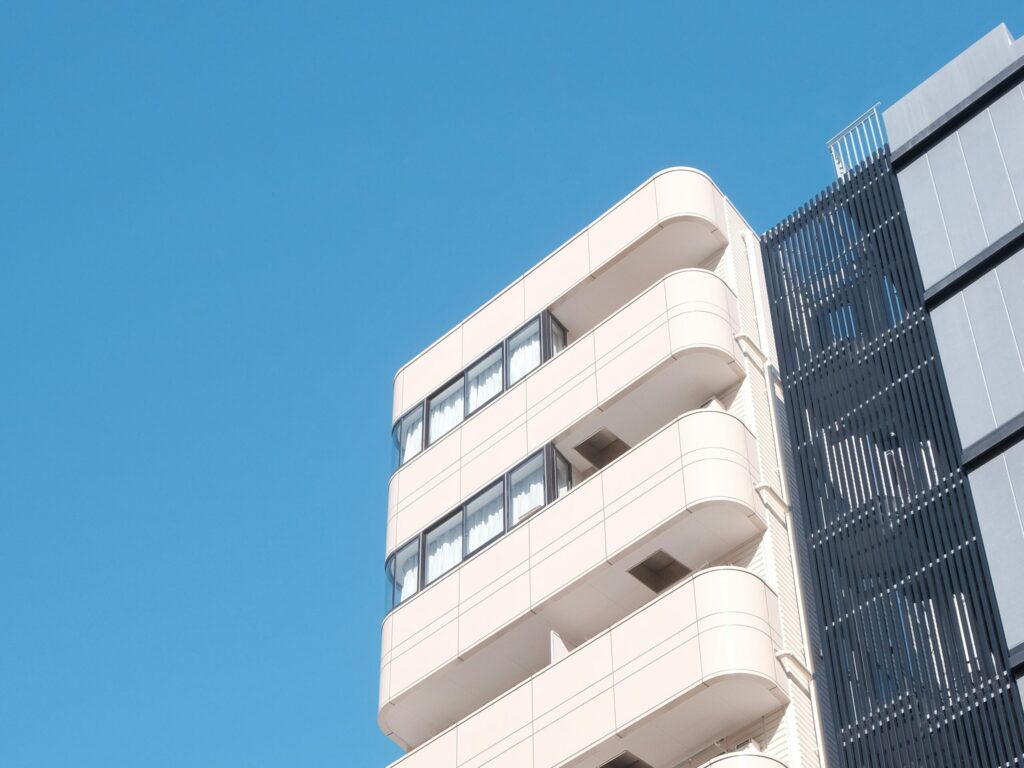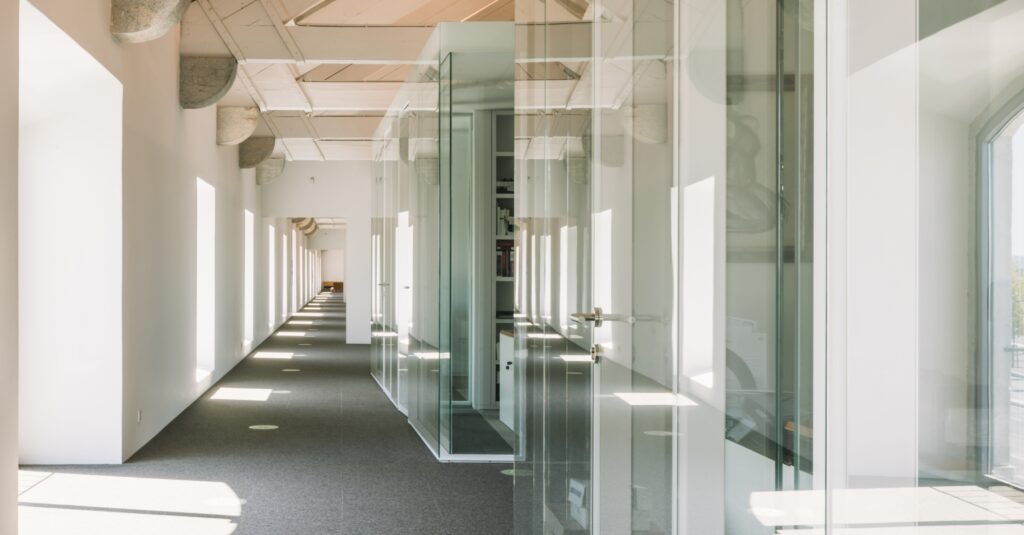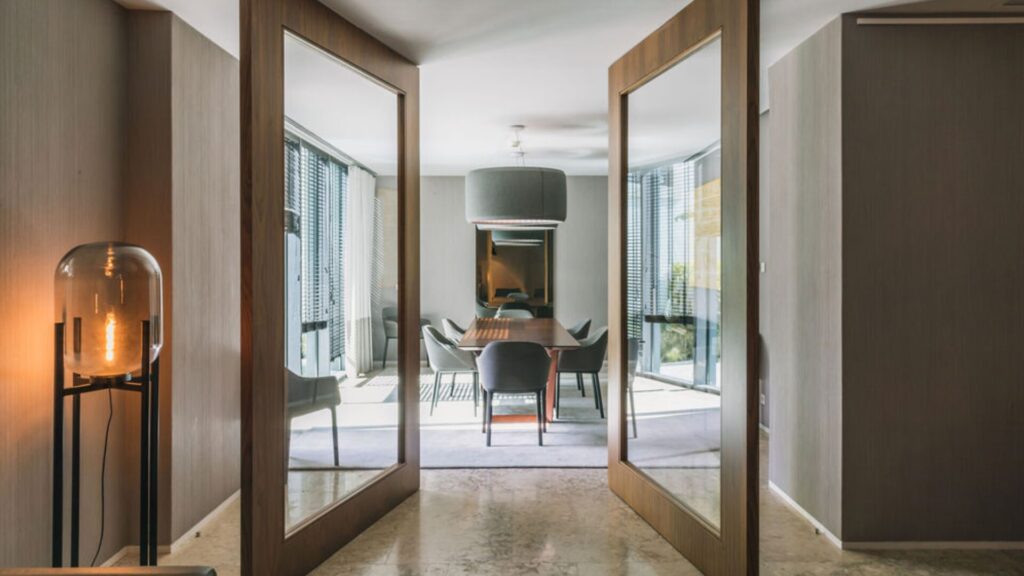VAT reduced rate – 6% or 23% VAT on Urban Rehabilitation Works: Navigating the Subtleties of Legislative Amendments
- Introduction
The Portuguese real estate market has grown significantly, driven not only by new construction but also by extensive urban rehabilitation projects, particularly in historic and metropolitan areas such as Porto and Lisbon. The ‘Pacote Mais Habitação’ Law amendments to the VAT law narrowed the application of the reduced VAT rate to existing buildings. Broader urban renewal activities, such as infrastructure upgrades and new construction within Urban Rehabilitation Areas (URAs), are now excluded.
Definition and Scope of Urban Rehabilitation
Before the amendment, ‘urban rehabilitation’ was broadly defined under the Legal Regime for Urban Rehabilitation (LRUR) to cover integrated interventions in the urban fabric – from building rehabilitation to infrastructure modernization and even new constructions within URAs.
The reduced VAT rate applied broadly to urban rehabilitation works as defined in the LRUR, including new constructions within URAs. While the requirement that the property be located in a URA was clear, the necessity of URO approval was contested. The broad concept aimed to stimulate urban revitalization comprehensively, including infrastructure and new buildings.
Current Legal Regime
The amendment now limits the reduced VAT rate strictly to rehabilitation of existing buildings, expressly excluding new constructions and broader renewal activities. PTA rulings confirm this narrower scope and remove the former requirement of URO approval.
The interpretative path taken by the AT
The PTA’s position has fluctuated over time. Initially, it aligned with the broad legislative intent, requiring only that the property be located in a URA for the reduced VAT rate to apply. In 2017, it was even acknowledged that it could apply outside URAs, provided that the work fell within the concept of urban rehabilitation set out in the LRUR.
From 2018 onwards, the PTA began to restrict the application, requiring not only documentary proof of location in a URA but, since 2020, the existence of an approved URO. These additional requirements, not explicitly stated in the law, created legal uncertainty and led to disputes.
Judicial Divergences
National courts remain divided: some rulings uphold the PTA’s restrictive stance requiring URO approval, while others hold that mere location within a URA is sufficient. Access to the Supreme Administrative Court (SAC) to resolve these divergences is challenging, and the SAC often sidesteps the issue by framing disputes as factual rather than legal, leaving the controversy unresolved.
- What now? What to expect and how to invest?
The amendment to item 2.23 of List I of the VAT Code represents a clear shift from a broad to a narrow understanding of urban rehabilitation. While this brings some clarity, it risks discouraging comprehensive urban renewal by restricting incentives to building rehabilitation alone.
The ambiguity and inconsistency in administrative and judicial interpretations have not been fully resolved, but they have been partially addressed by the legislative change. This may negatively impact urban revitalization efforts amid ongoing housing crises. Upcoming measures under the ‘Pacote Mais Habitação’ Law may introduce new VAT reductions for rehabilitation and construction works, but clarity and legislative precision will be critical to avoid repeating past uncertainties.










